Thessaloniki gets ready for its metro launch in November
The underground rapid transit lines have been under construction for almost two decades due to various project delays
 TheMayor.EU logo
TheMayor.EU logo 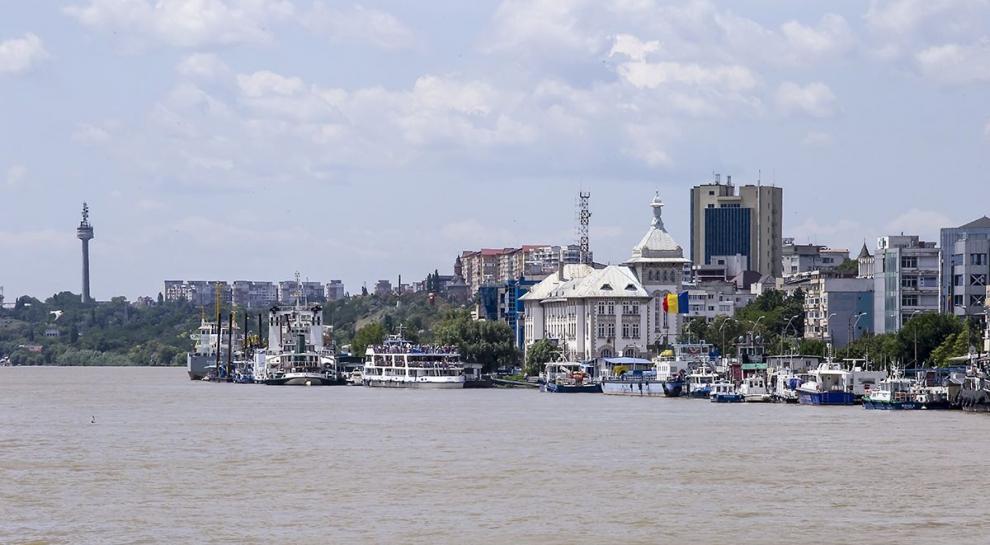
The town of Galați is known to have emerged from an ancient Dacian settlement in the 4th-5th centuries BC. In the aftermath of the Roman Wars, the area became part of the Roman Empire and a strong Roman fortress was built over the Barboși Dacia settlement. The first attestation of the city of Galați was mentioned in a document signed by Stephen II of Moldavia, during the 15th century, as within the next century Galați became Moldavia’s main harbor.
The 19th century deeply embedded Europe in unrest, therefore the port of Galați became an important site for the construction of large warships. Meanwhile, Galați was also developing based on trade and particularly grain exports. The foreign affairs also gained momentum, as France, England and the United States opened diplomatic headquarters, with Galați soon hosting the offices of more than 20 consulates and vice consulates. In 1856 the Danube European Commission begun its activity in the city.
The 1859 Little Union and the birth of the Romanian modern state was realized under the rule of Alexandru Ioan Cuza, former head prefect of Galati and a remarkable personality of the city. Voices in the period even considered establishing the capital of Romania in Galați. Following the events of the 20th centry, Galați begun exploiting the opportunity for industrialization and was rebuilt along communist lines, with a steel plant, beautifully named „The diamond of the Romanian economy”.
The city of Galați is the capital municipality in the county of Galați, being situated in its southeastern region, with a population of 300.000. Galati is geographically located in the south-east of Romania, in the southern part of the historical Moldavia and on the left bank of the Danube river. A border city and an essential commercial node between East and West, Galați is located 80 kilometers from Black Sea. Being integrated in the South East development region of Romania, equivalent to the NUTS-II region in the European Union, Galați is undoubtedly a first-ranked municipality of national importance and critical relevance at European level as a strategic point between Europe, the Middle East and Asia.
The administration of the city is represented by the City Hall of Galați and the City Council. The departmental structure of the City Hall allows for the fulfillment of its attributions according to the law. Galați City Hall has been a member of the International Black Sea Club since 1994, a non-governmental organization focused on the cooperation between port cities of the Black Sea countries. The City Council represents an authority of local public administration, by which the autonomy of the Municipality of Galați is realized.
The economic environment of the Galați Municipality has developed over time around the shipyard, the port and the steel plant. Galați has an industrial-based economy, with the metallurgical industry of the city accounting for over 50% of the country’s total steel production. Galați is also widely known for its shipbuilding industry represented by DAMEN Shipyards Galați and the Naval Research and Design Institute of Galați. The maritime and river traffic represents a long tradition in the municipality, being carried through the port of Galați, which is the biggest Romanian river-sea harbor, consisting of 4 terminals. Furthermore, Galați Municipality has engaged in a project that aims at building an inter-modal fluvial maritime-railway terminal that will become a hub for the transport of goods between Asia and Western Europe.
The Free Zone of Galați (ZLG) is located near Galați Municipality, on the banks of the Danube river and close to the border with Ukraine and Moldova. It allows access through its 3 fluvial-shipping docks to the Pan European Corridor VII (Rhin-Main-Danube). It also provides investors with effective storage, warehousing, manufacturing, processing and transit facilities between European markets and the former Soviet East, as it supports the transition from large gauge tracks specific to the former Eastern bloc countries to normal European gauge tracks. The city of Galați stands as one of the most important Romanian commercial hubs as it is connected to the main European corridors, displaying a strategic position and providing technical facilities to potential investors.
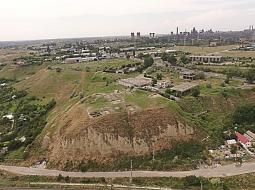
The Municipality of Galați has registered several archaeological sites in the National Archaeological Repertory, amongst which the Roman site at Tirighina-Barbosi, the Roman fortified cemetery in the Danube district, the Roman tomb in the valley of the city or the Church of St. Mary - Precista, dating from the 17th century. Legend has it that a tunnel was dug under the river from the church all the way to the right banks of the Danube. Other popular monuments of Galați are the Lupa Capitolina, a reminder of the Roman heritage of the city and the statue of the ship propeller, homage to the naval heritage of the community.
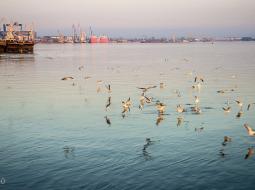
The mighty Danube River, named by the Greek historian Herodotus "The King of the European Rivers" can be enjoyed by tourists via cruises going all the way from Galați to one of the most spectacular wetlands in the world, the Danube Delta.
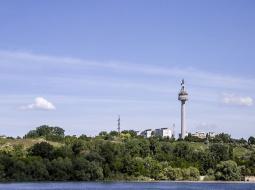
The city of Galați also displays a rich technical and industrial heritage, including the Postal Palace and the River Railway known as the Palace of Navigation. Moreover, the Danube waterfront represents a true open-air museum, given the metal sculptures displayed there, courtesy of the Metal Sculpture Camp which took place in 1976. The Galați TV Tower, which is similar to the one in Berlin, is a 150 meters tall telecommunication tower. It is unique in Romania and offers a full view of the city.
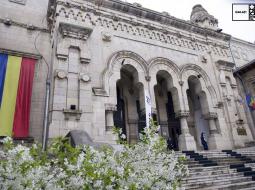
In Galați, one can visit several landmark buildings such as the former Danube European Comission Palace, housing at present the headquarters of the Municipal Library, the University Palace, the Administrative Palace or the Cuza Vodă Museum and Memorial House, which belonged to the parents of Romania’s first ruler, Alexandru Ioan Cuza.
Address: Domnească St. №54, Galați 800008